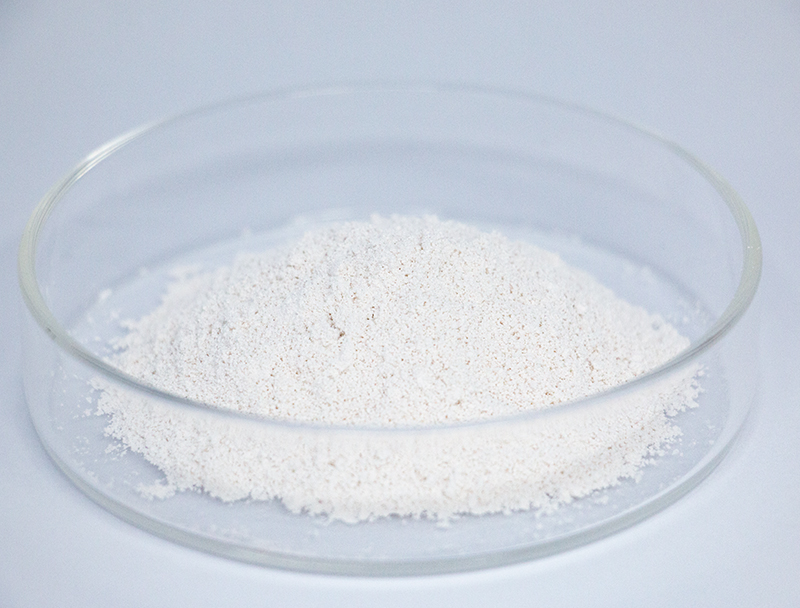
Bioprocessing depends strongly on a substantial range of feedstocks to manufacture advanced biological products.
Securing long-term supply of raw inputs underpins enduring viability and ethical market growth.
an array of drawbacks from conventional supply chains including biodiversity loss and excessive resource use. Accordingly, companies are required to implement regenerative sourcing methods to mitigate footprints.
- Models of sustainable material sourcing include:
- Integrating compostable agricultural waste into supply chains
- Deploying circular process designs to reduce discard and boost reuse
- Collaborating with regional vendors focused on fair procurement
Shifting to ethical sourcing drives environmental value and long-term commercial viability.
Maximizing Feedstock Quality for Increased Biofuel Output
Advancing fuel production depends on feedstock consistency and composition. Research teams persist in studying techniques to boost feedstock performance, yielding greater biofuel outputs and greener energy prospects. Approaches include genomic enhancements to boost biomass growth and processing methods to convert complex lignocellulose into fermentable sugars.
- Likewise, initiatives explore candidates such as algal biomass, process wastes, and agricultural leftovers to extend sustainable feedstock availability for fuels.
- Through these continuous efforts, the field of biofuel production is poised to make significant progress in the coming years, paving the way for a more renewable energy landscape.

Upstream Process Improvements for Modern Biopharma Production
entails beginning production stages such as cell growth and biomass recovery New innovations across this area have produced enhanced manufacturing methods that boost yields.
Salient improvements involve specialized expression hosts, fine-tuned media strategies, and next-gen bioreactor concepts. These developments raise yield and cut costs as well as diminish environmental consequences.
- Furthermore, there is a growing trend towards continuous processing in upstream processing, allowing for increased flexibility over the production process.
- The adoption of higher-tech manufacturing practices will likely disrupt traditional models and speed therapeutic launches.

Gene Editing Breakthroughs That Elevate Biopharma Output
evolutions in genetic modification techniques have optimized therapeutic biosynthesis. With exact genomic alterations, researchers improve host productivity for therapeutic manufacture. Such strategies offer promise to create cost-effective, high-efficiency therapeutics across many disease areas.
Biodegradation Strategies Using Targeted Microbial Cultures
state-of-the-art biological cleanup solutions using targeted microbial actions. Certain microbes have capacities to biotransform contaminants into nonharmful forms.. Using microbial biotechnology enables remediation strategies that balance effectiveness with ecological protection. Study groups probe microbial metabolic diversity to tackle metals, persistent pesticides, and hydrocarbon spills.. Organisms may be utilized in controlled reactors or in place to accelerate contaminant decomposition through biodegradation..
The use of microbial biotechnology in bioremediation offers several advantages over conventional methods. This method provides a low-cost, low-waste alternative to conventional remediation. Similarly, microbe-based remediation affords specificity that avoids extensive ecosystem disturbance. Ongoing innovation aims to boost the throughput and efficacy of microbe-driven remediation approaches.
Data-Driven Approaches for Therapeutic Development
Bioinformatics techniques are integral to present-day therapeutic development workflows. From target discovery through candidate optimization, bioinformatics facilitates streamlined, hypothesis-guided workflows.
- Using extensive genomic, proteomic, and patient data, analysts discover targets and anticipate therapeutic performance.
- Furthermore, computational modeling of drug–target interactions aids rational design of higher-performing therapeutics.
- To conclude, computational approaches are revolutionizing discovery and reducing time-to-patient for effective drugs.
Engineering Cellular Pathways for Improved Bioproduct Output
adopts varied approaches to raise biosynthetic yields of beneficial compounds. Tactics can encompass genetic engineering to reconfigure metabolism, promoter modulation to adjust expression, and pathway insertion to enable new reactions.. Through strategic metabolic edits practitioners can markedly increase the synthesis of target products.
This multifaceted approach has the potential to revolutionize a broad range of industries, including biopharmaceuticals, agriculture, and bioenergy.

Industrializing Biopharmaceuticals: Risks and Rewards
Moving from bench to commercial scale creates complex challenges and valuable opportunities. Ensuring product consistency at larger manufacturing scales represents a major hurdle. Overcoming this requires advanced process control, continuous monitoring, and sensitive analytical platforms.

A further difficulty lies in process complexity, with many interdependent production phases.. Scaling optimization is a resource-intensive task that calls for substantial innovation and study.. Even so, the payoff can be large. Successful scaling up can lead to increased access of life-saving therapies, reduced production costs, and enhanced profitability.
Challenges are being addressed through a number of initiatives. Plans feature next-gen optimization hardware, sophisticated real-time analytics, and forward-looking production strategies.
- Technology development efforts underpin advances in production capability.
- Oversight institutions are updating guidelines to ease approval of manufacturing advances and catalyze innovation.
Mapping the Compliance Environment for Safe Therapeutic Development
Creating biologic medicines requires strict regulatory controls to maintain both patient safety and therapeutic value. Biologic therapeutics bring unique regulatory and manufacturing demands unlike traditional pharmaceuticals.
Agencies such as the FDA in the United States and the EMA in Europe play a crucial role in establishing guidelines and standards for the approval of these innovative therapies..
Thorough testing frameworks are compulsory during all stages of development including after market release.. The processes aim to expose risks and ensure that treatments meet exacting safety benchmarks.
Furthermore, regulatory bodies are constantly evolving their approaches to keep pace with the rapid advancements in biopharmaceutical research.. Policies involve β-Nicotinamide Mononucleotide deploying novel tech and expediting development while preserving commitment to patient safety.

Plant-Derived Inputs for Next-Gen Bioplastics
The trend toward sustainability stimulates development of renewable material technologies. Plant-derived biomass as input for bioplastics represents a practical route toward greener materials. Feedstocks including cornstarch, plant cellulose, and sugarcane derivatives yield biodegradable plastics which break down and mitigate plastic pollution.
Also, many renewable bioplastics exhibit comparable mechanical and functional traits to conventional plastics across applications.. Continued research and innovation in this field are crucial to unlocking the full potential of plant-based biomass feedstocks in the manufacture of sustainable bioplastics, paving the way for a circular economy.
Biotech Contributions to Global Health and Crop Productivity
Biotechnology equips researchers with methods to tackle health crises and bolster food availability. By applying gene editing, synthetic biology constructs, and cellular therapies, scientists create tools to fight disease, raise yields, and boost nutrition.. Consider genetically enhanced crops that resist pests and environmental stresses to improve production and reduce pesticide reliance.. Also, biotechnological innovation fuels development of immunizations, antimicrobial treatments, and diagnostic platforms vital for disease control and population health.. Looking forward, continued biotech progress promises to deliver therapies and agricultural solutions that support health and sustainability worldwide.
